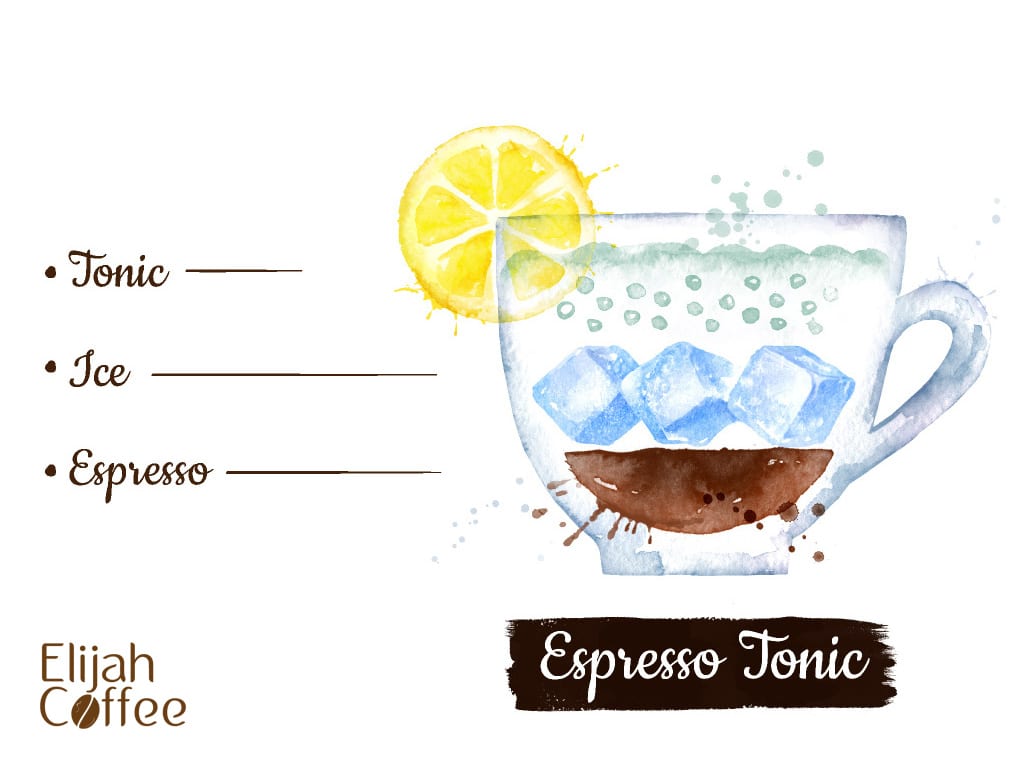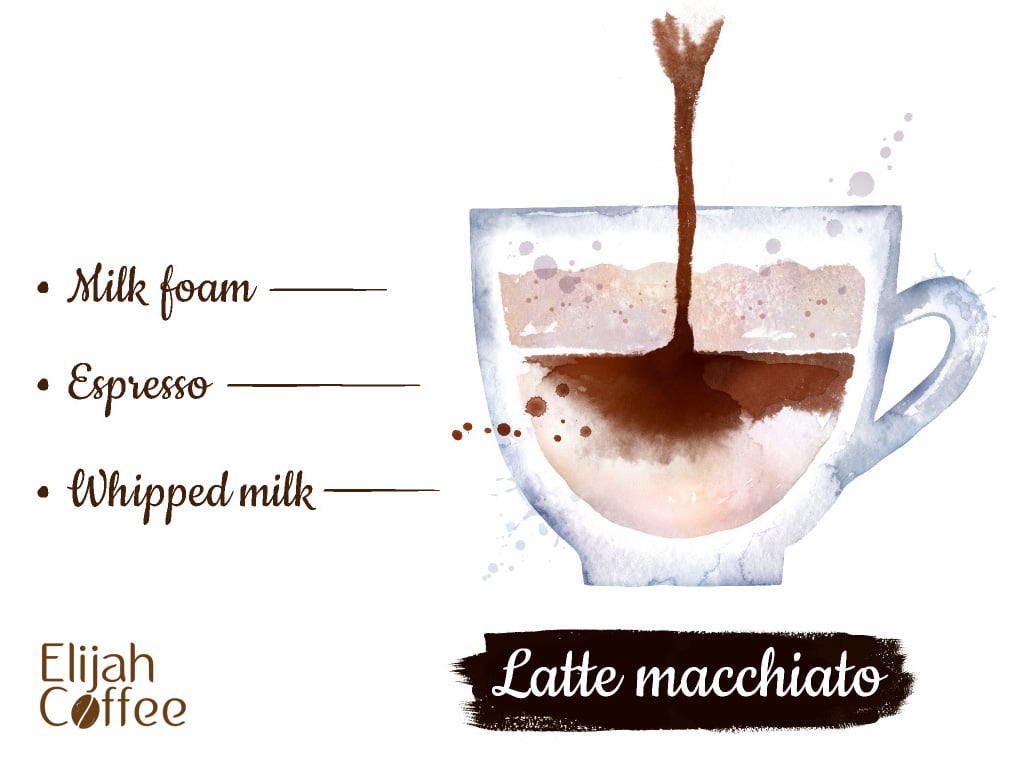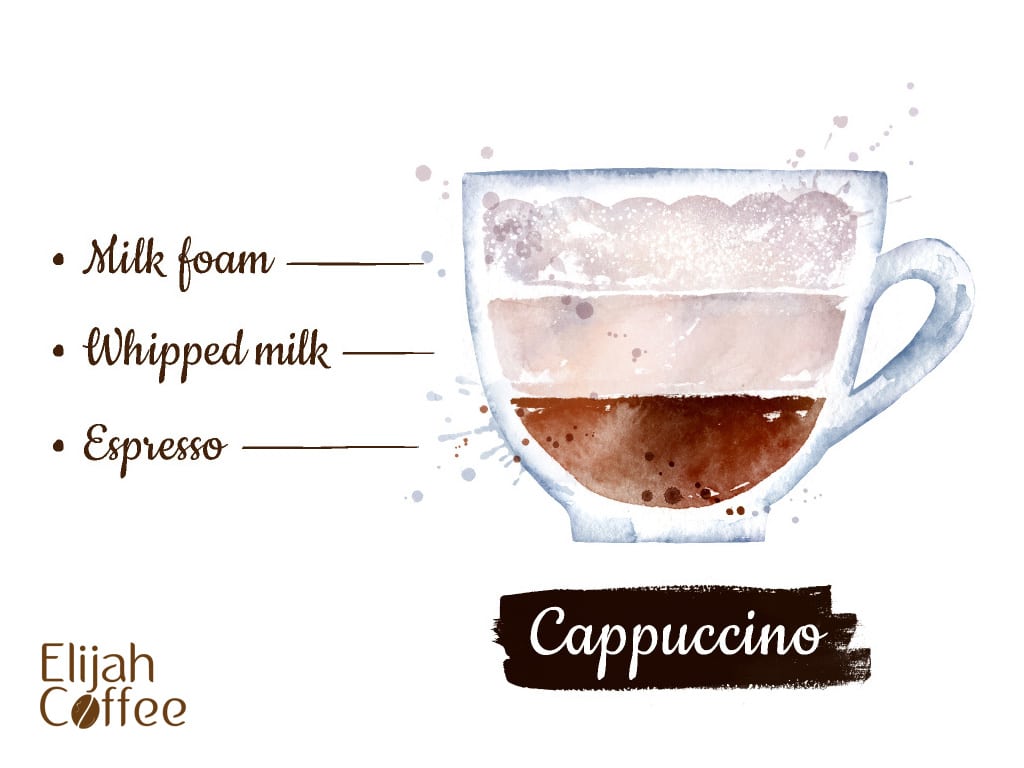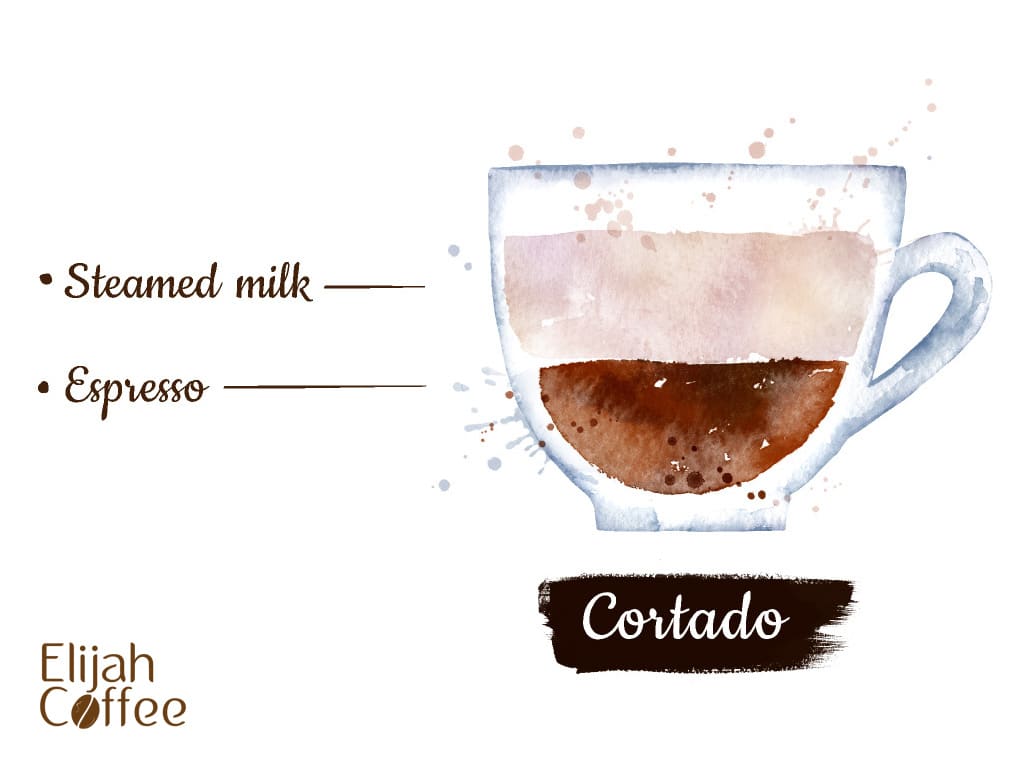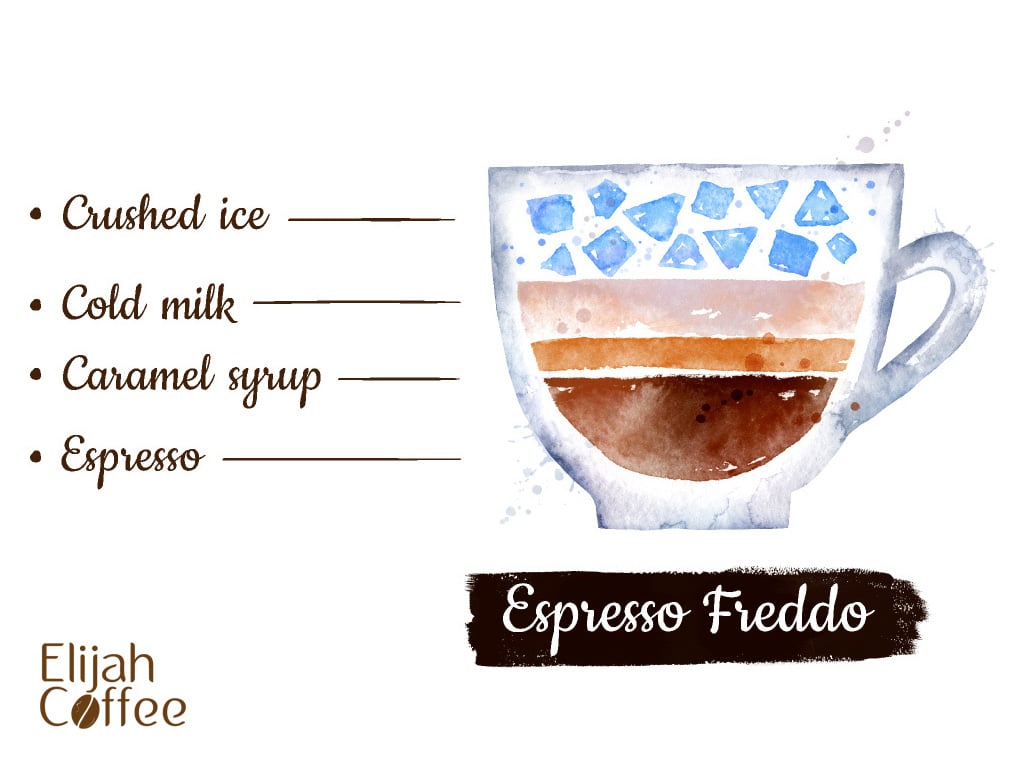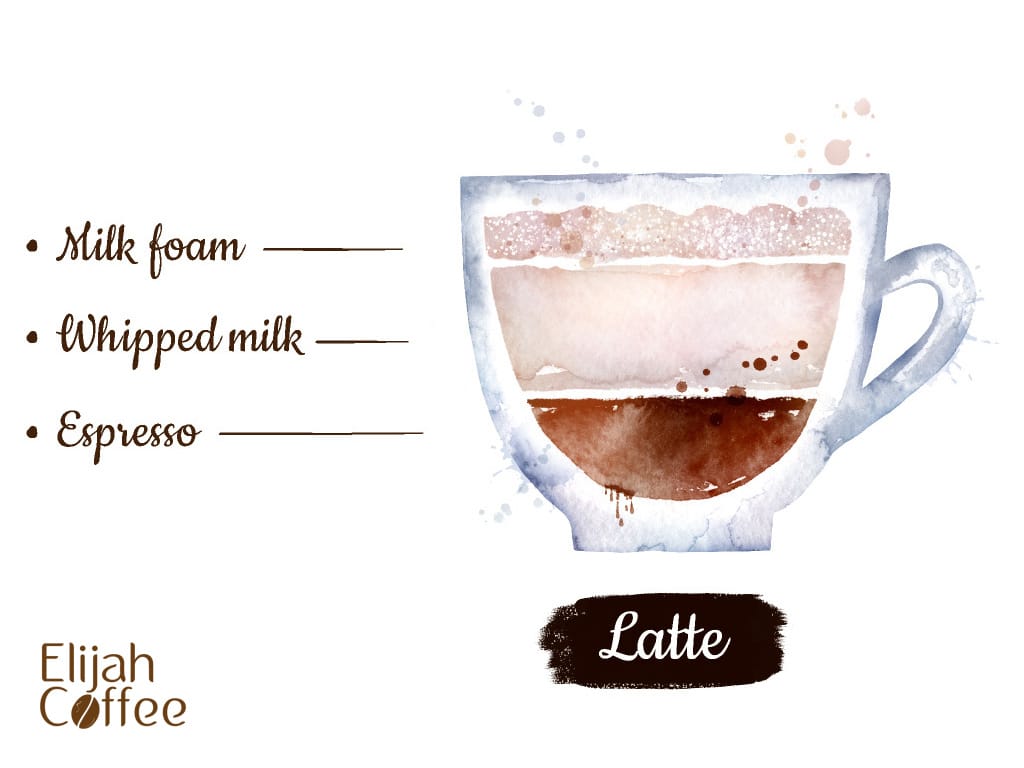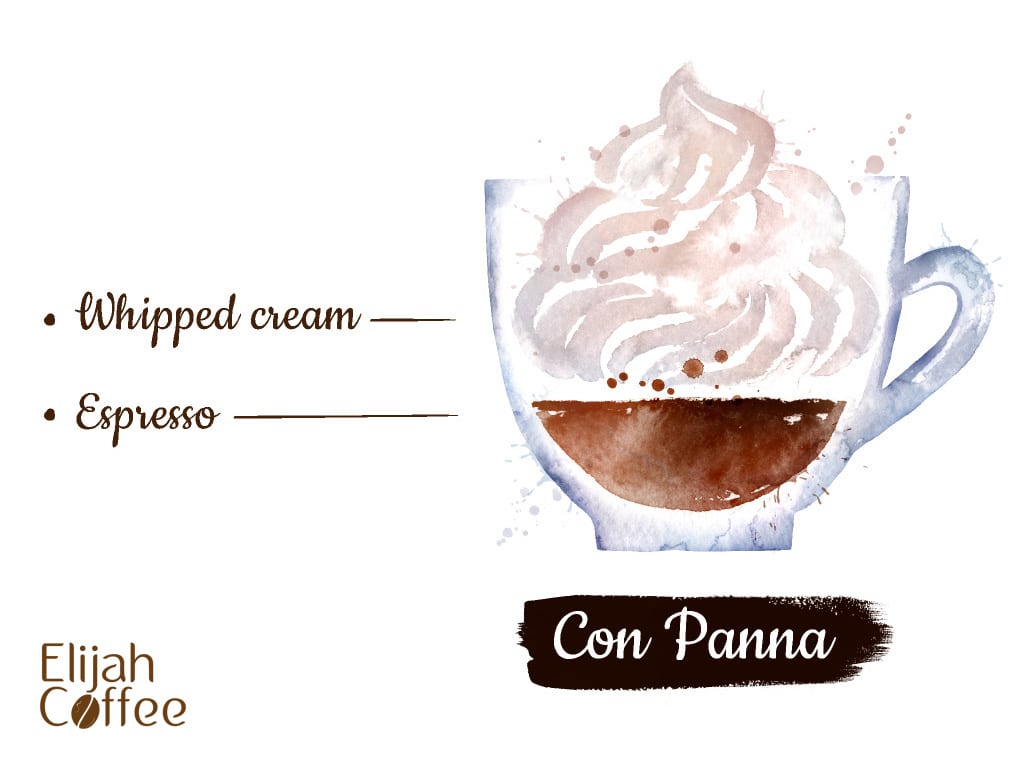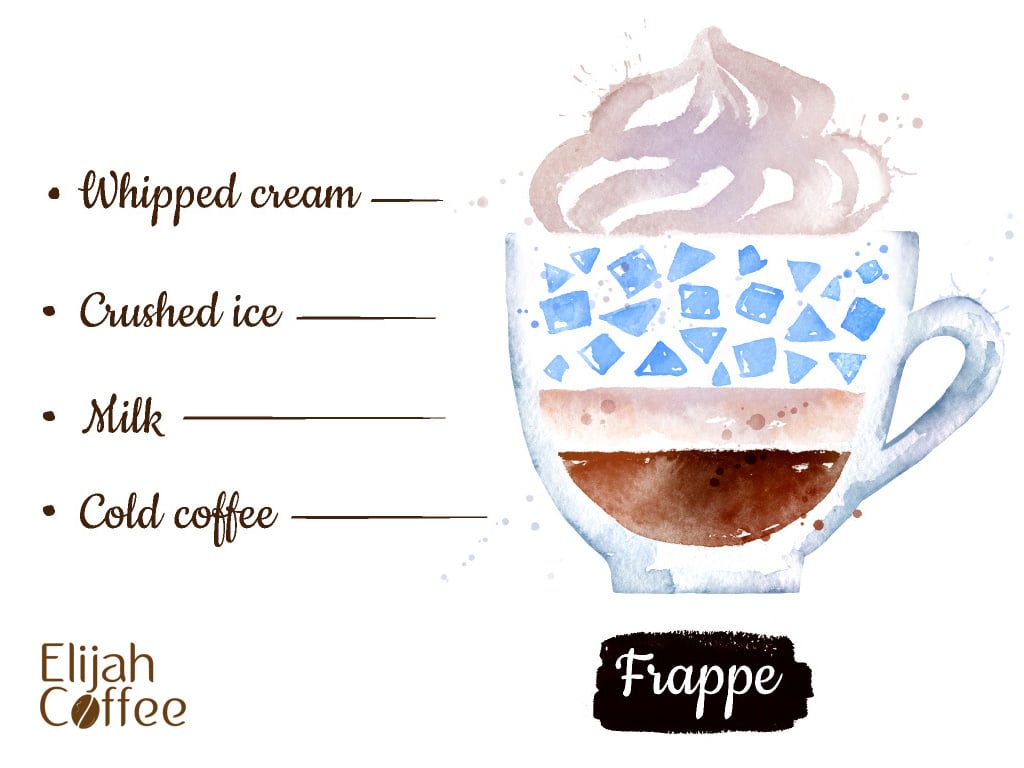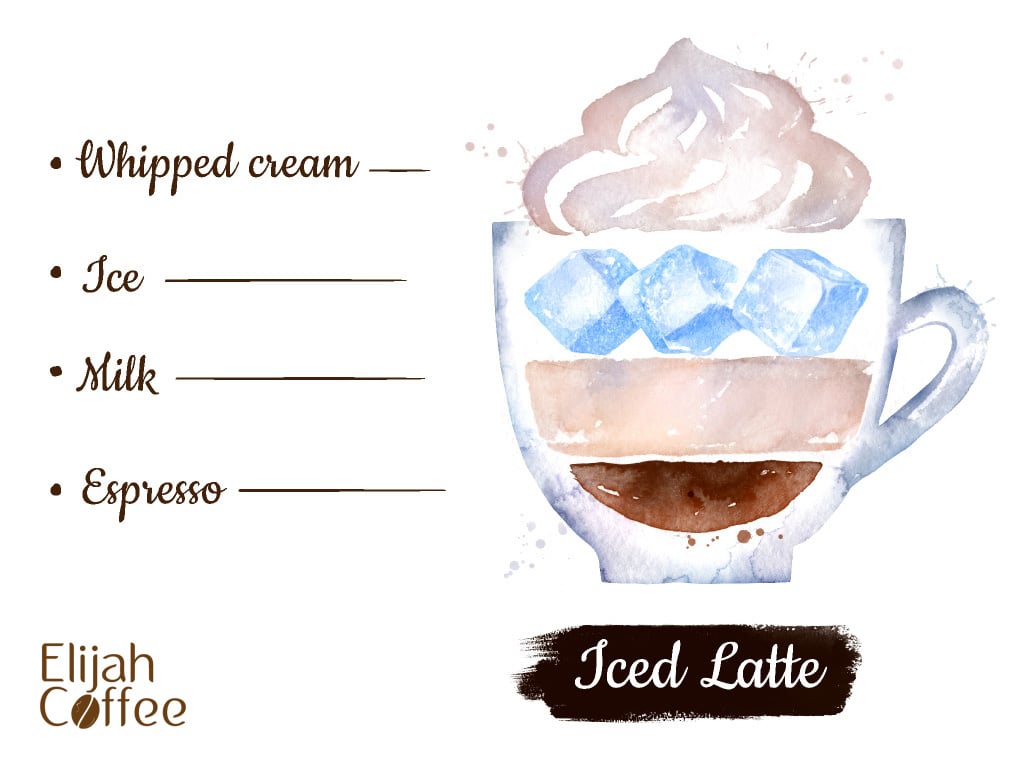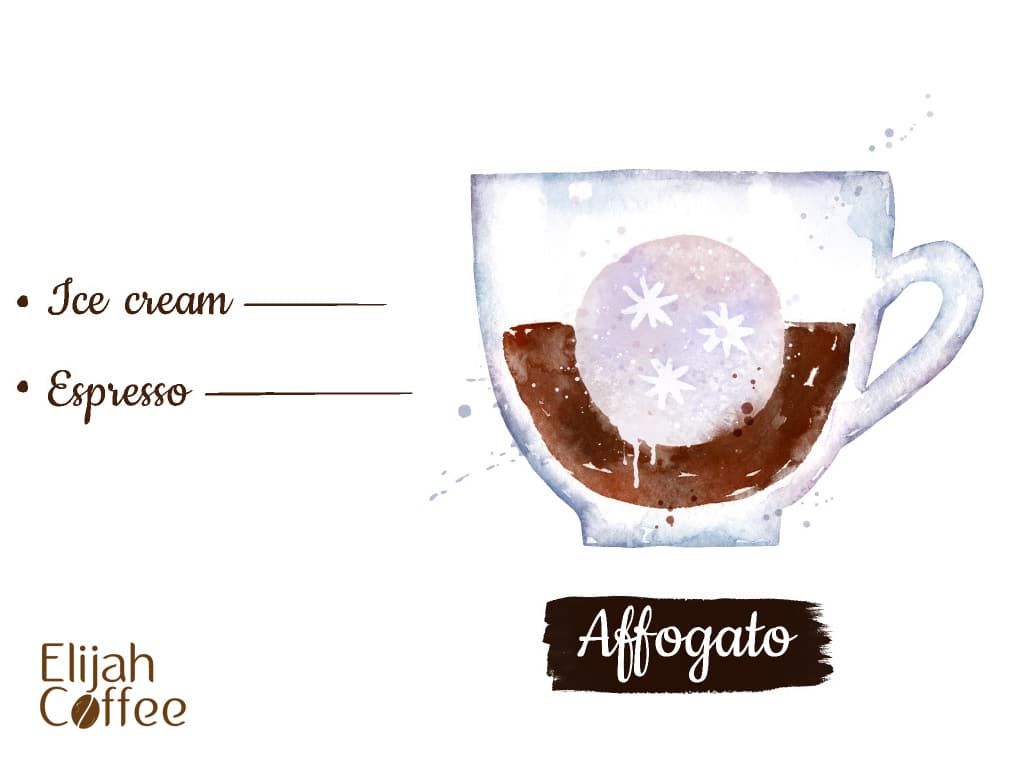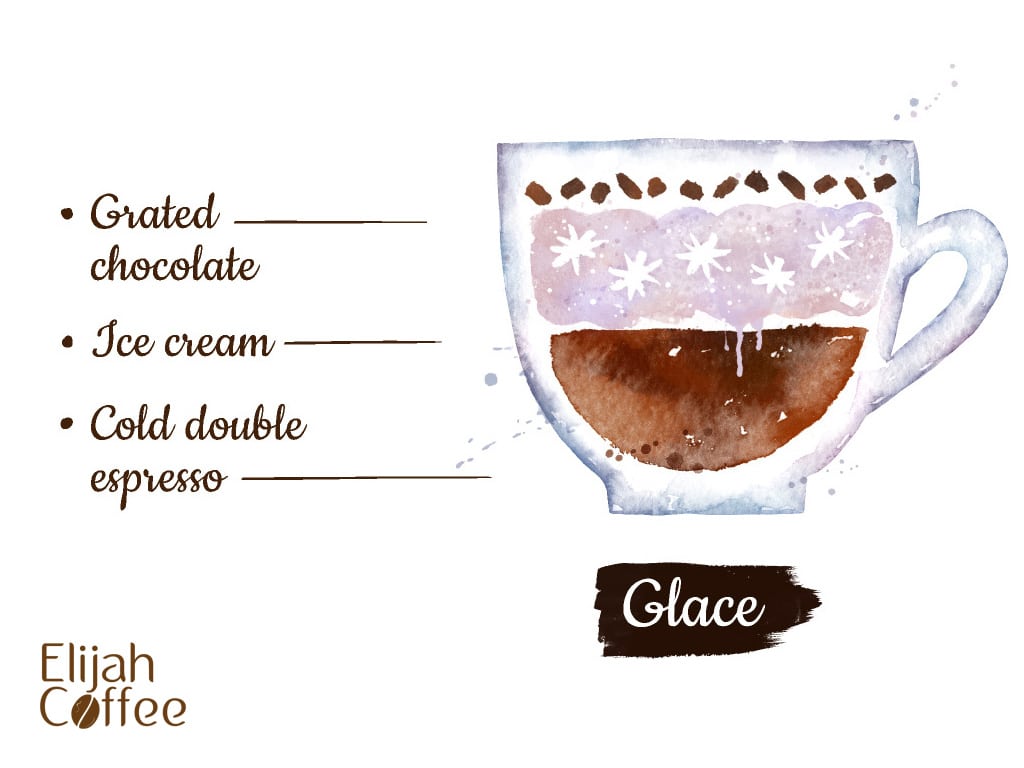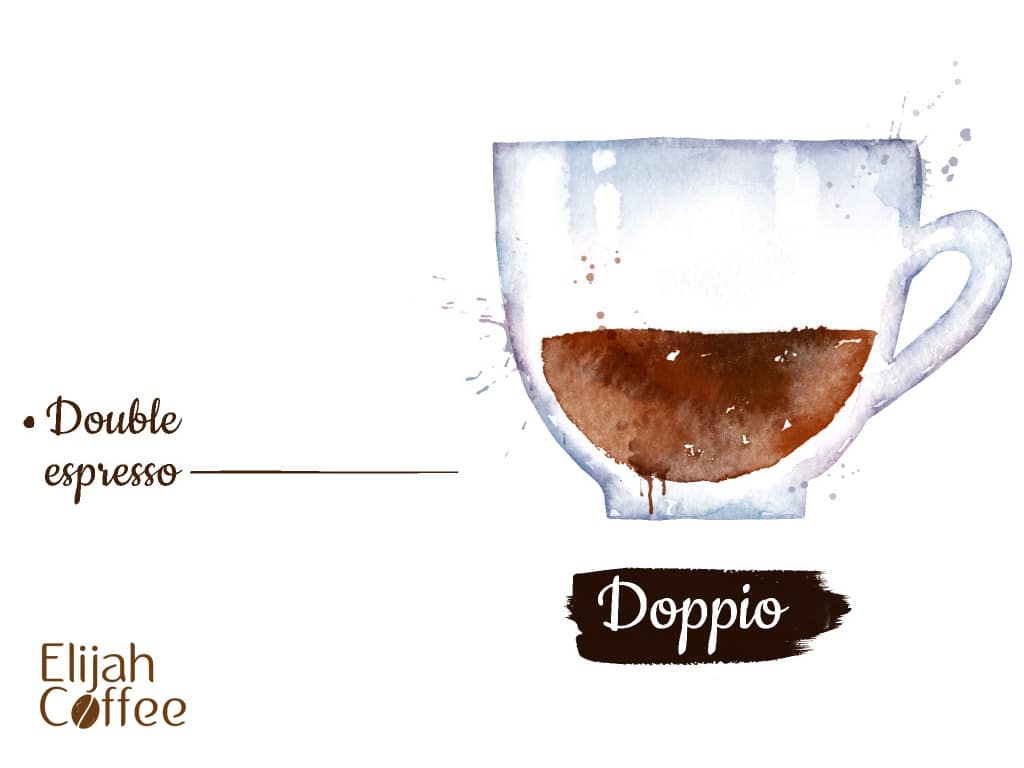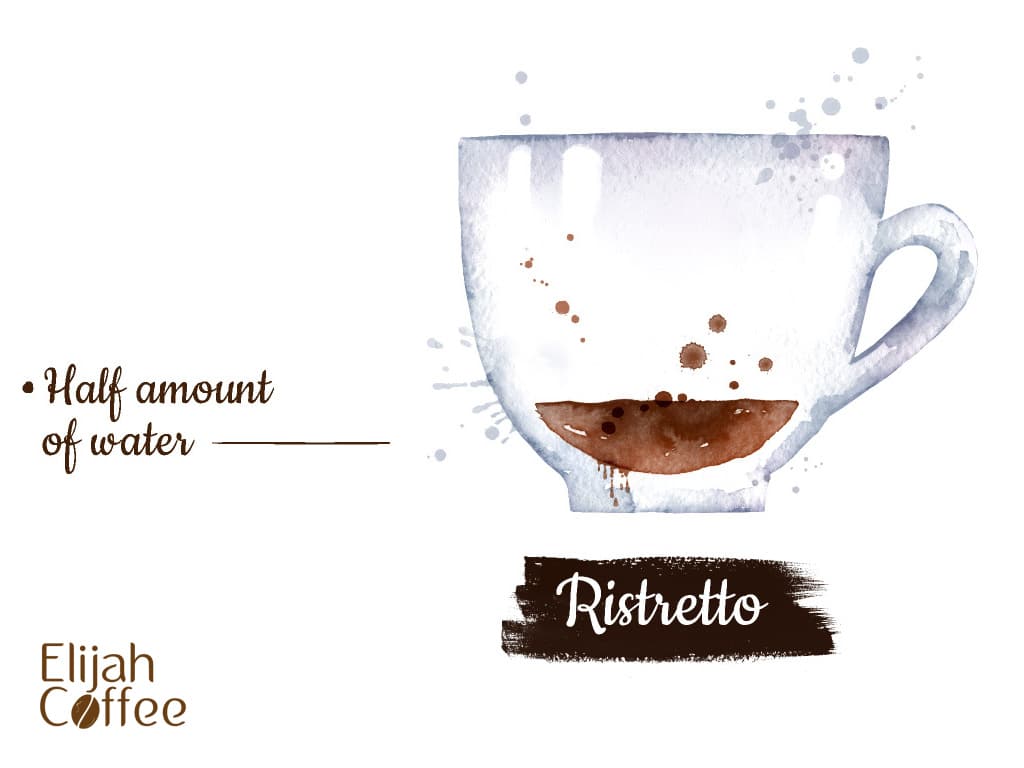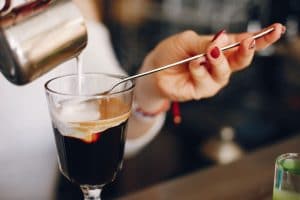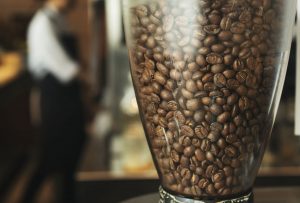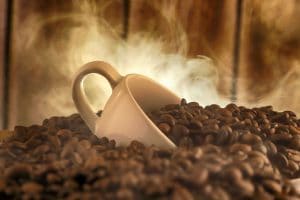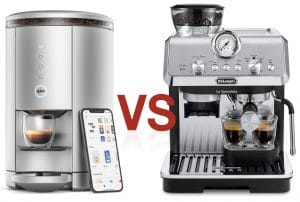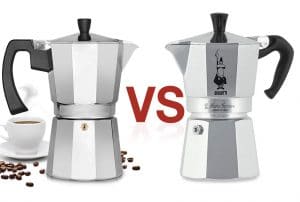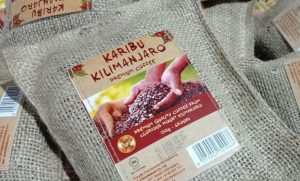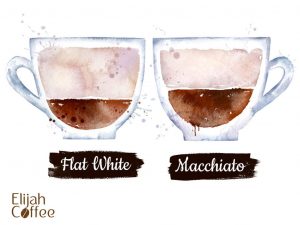The flavor of espresso should be sweet and reminiscent of creamy caramel.
To get the ideal flavor, variables such as grind size, extraction time, and water temperature are meticulously measured.
Espresso should never be sour in flavor. Any bitter flavor results from insufficient extraction.
What Color Should Espresso Be?
This is due to the carbon dioxide released when espresso is extracted under pressure.
The color should be golden brown to dark brown for a double shot.
The color will not always be uniform; occasionally, the spot on the crema where the shot was poured will be slightly lighter.
The Espresso Variables
There are many variables to weigh when making espresso. Here are some of the most important:
Grind
The grind size of your coffee is one of the most important variables when making espresso, as it affects both your extraction rate and the particle distribution of the brewed coffee.
If you use a too-fine grind, you will get an over-extracted cup with a bitter taste.
Using a too-coarse grind will make the extraction slow and incomplete, resulting in an under-extracted cup with sour notes.
Tamping Pressure
Tamping pressure directly affects how much pressure is exerted on the puck during brewing.
Too little pressure will result in over-extraction; too much pressure can cause channeling or excessive flow through the filter basket’s screen mesh and into your cup (or worse).
Brew Temperature
Brew temperature directly affects both preinfusion time and post-brewing extraction temperature.
When brewing at lower temperatures, preinfusion times can be longer without causing over-extraction;
However, if the water temperature is too low, it may not be able to reach full saturation before beginning to extract solubles from ground coffee solids.
Water
The water you use is an essential part of the espresso-making process.
There are many variables that affect the taste of your espresso, and water is probably the most important one.
If you’re using bottled water that comes out of a tap, it’s likely to have a neutral pH balance, which is ideal for espresso brewing.
Additionally, if your tap water has too much chlorine or other chemicals, it can affect your espresso taste. You may have to adjust it with bottled water if this happens.
Lastly, if you’re using filtered water from a pitcher or dispenser, it’s best to avoid using it because filtering removes minerals that improve the taste of coffee.
What is espresso?
Espresso is a concentrated coffee made by forcing hot water under pressure through finely-ground coffee beans.
The result is a thick, rich liquid with a deep brown color. It’s served in many different forms — like an espresso shot, an espresso macchiato (with just a little foam on top), latte (with more foam), or cappuccino (with even more foam).
How is espresso different from coffee?
Espresso and coffee are not different. One kind of coffee is espresso.
More particularly, it’s a way to make coffee that utilizes ground beans and high water pressure to put a small, strong shot (the term also refers to the espresso shot itself).
Can any coffee be used for espresso?
No, you can’t make espresso with any coffee beans. You should use a medium-dark roasted bean to have the correct full-bodied flavor.
Lightly roasted beans won’t work as well as mediumly roasted beans. There is no one “most promising” coffee bean for espresso.
Conclusion
If you’re interested in coffee and espresso, I encourage you to make it a point to try out a few different roasts.
Thankfully, many coffee shops now allow customers to sample the beans in their stores!
It’s easy enough to bring some home and try it yourself or buy a bag if it strikes your fancy.




